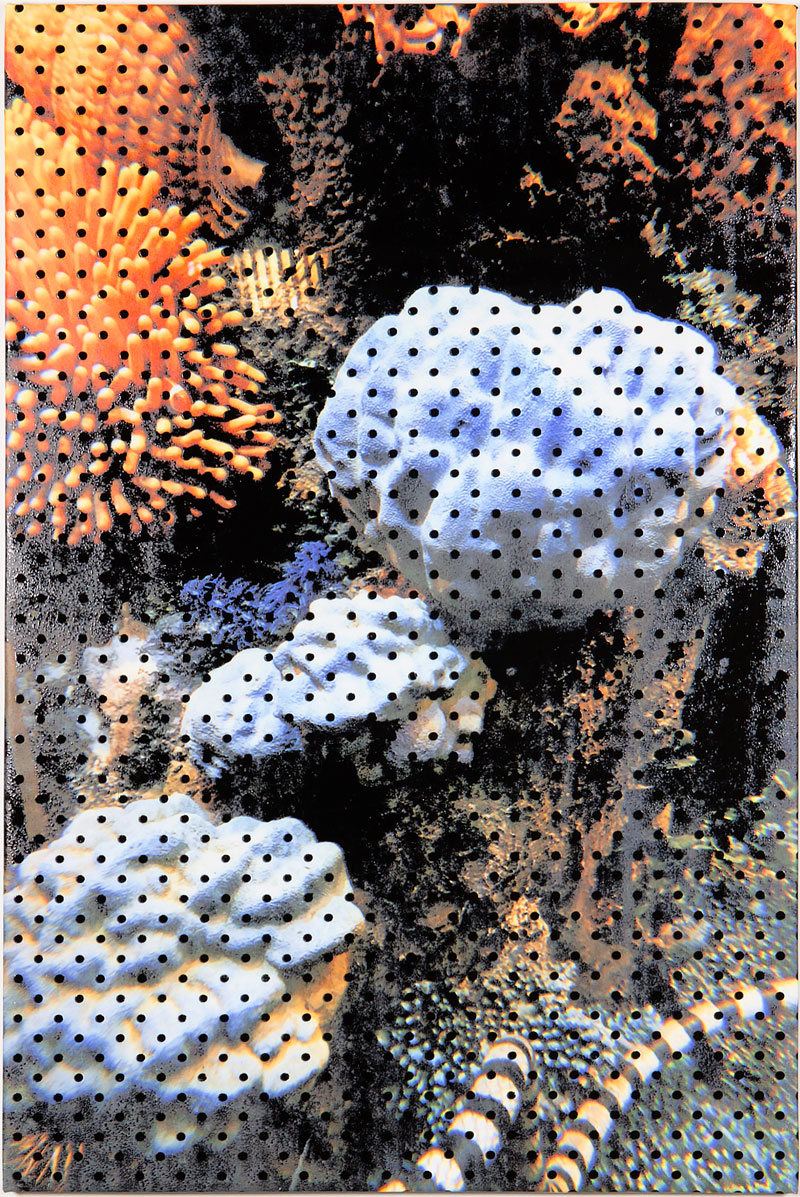ART CITIES:Tokyo-Hugh Scott-Douglas
 The multi-disciplinary practice of Hugh Scott-Douglas situates itself at the confluence of a number of critical, socio-political, economic and aesthetic observations and investigations. Interrogating tensions between analogue and digital modes of production, he makes use of a wide range of techniques and media, from laser cutting, inkjet printing and photography, to numerical data and satellite mapping software.
The multi-disciplinary practice of Hugh Scott-Douglas situates itself at the confluence of a number of critical, socio-political, economic and aesthetic observations and investigations. Interrogating tensions between analogue and digital modes of production, he makes use of a wide range of techniques and media, from laser cutting, inkjet printing and photography, to numerical data and satellite mapping software.
By Efi Michalarou
Photo: Blum & Poe Gallery Archive
In 2016 Hugh Scott-Douglas’ exhibition at the Tochigi Prefectural Museum of Fine Art in Japan marked what would become first in a lineage of thematic explorations of nature and its relationship to capitalism. Hugh Scott-Douglas solo exhibition “Thank You Thank You Thank You Thank You Thank You Thank You” continues the conceptual arc as the third chapter, using the concept of the city to localize the elusive element of the collective imaginary that propels and sustains the difficult relationship of the natural environment with industry and capital and introduces two new bodies of work entitled “Natural History” and “Forms of Nature”, addressing symptoms of human impact on the natural environment and the sites of collective imagination that function to soothe and deny subsequent anxieties. In keeping with the rest of his practice, the artist works between digital and analog technologies that are both self-reflexive and responsive to their respective subjects. The series “Natural History” is a group of printed paintings that originated as digital photographs capturing the peripheries of the wildlife dioramas of the American Museum of Natural History in New York City. Opposite of the realities of the ocean, the museum’s staged plastic environments promote idealized and fixed ecosystems that exist outside of the perilous reaches of human influence. Appropriating the protocols of the capitalist treatment of images, Scott-Douglas captures and processes these pseudoworlds with a succession of artificial intermediaries. Beginning with the glass barrier of the vitrine itself and the lens of the camera, the exercise continues with a digital photograph, the file then subjected to an algorithm that employs various effects to simulate those typical of a plastic body Leica. “Forms of Nature” is a suite of collages that combines images from the Wall Street Journal Magazine with those of Paul Wolff’s “Forms of Life: Botanical Photo Studies”. Wolff’s book is a collection of photography of plant life native to his hometown of Muhlhausen, Germany, shot with his instrument of choice, the small-format Leica camera. In this new series, Scott-Douglas montages these delicate and intimate black and white compositions with the design strategy of the WSJ Magazine. As revenue in the printing industry declined, this quarterly magazine was launched in 2008, devoted primarily to advertisements and luxury goods. As a supplement to the traditionally business-centric newspaper, this publication represents the necessity to adapt or die. In “Forms of Nature” representations of the natural world untainted by industry mesh with contemporary capitalist survival tactics, the organic sutured to the inorganic logic of culture, as realized via analog collage.
Info: Blum & Poe, 5F, 1 Chome-14-34 Jingumae, Shibuya, Tokyo, Duration: 11/1-9/3/19, Days & Hours: Tue-Sat 11:00-19:00, www.blumandpoe.com

